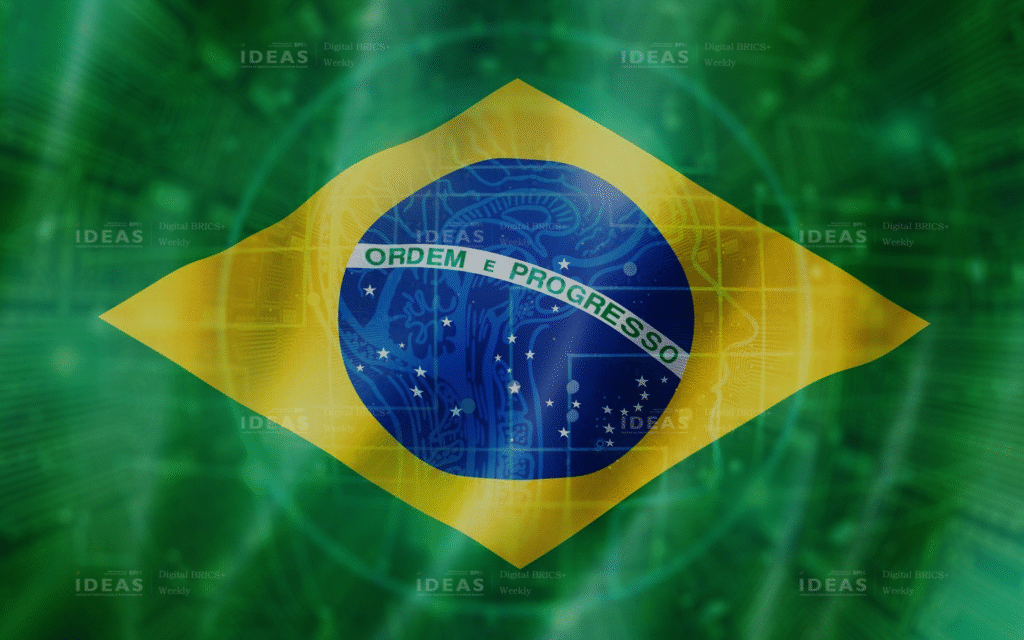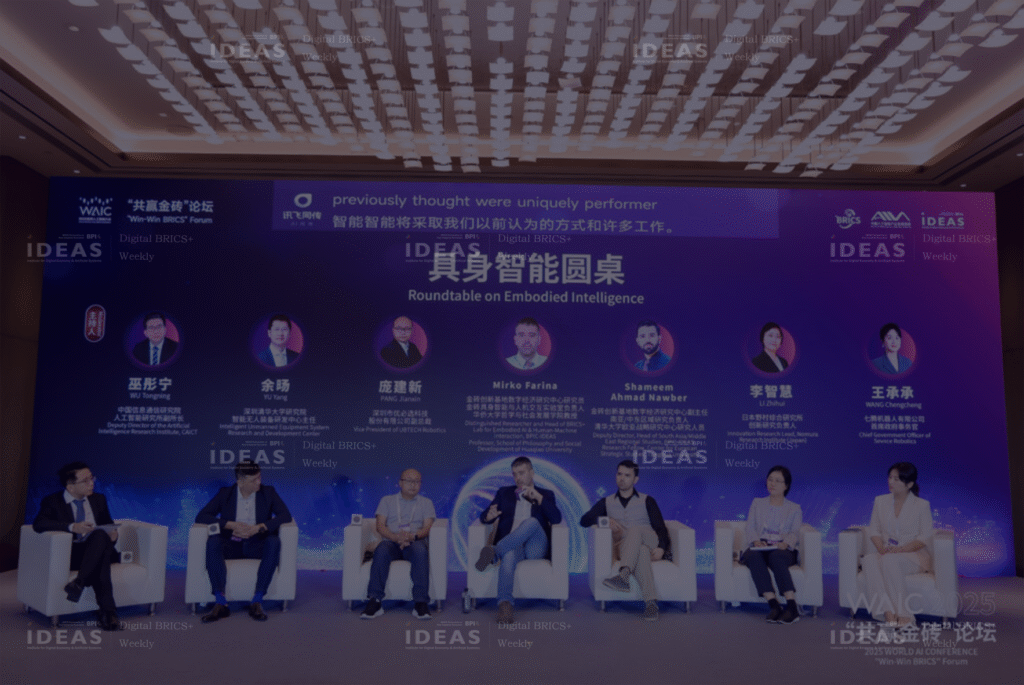Every June, millions of Chinese students sit for one of the world’s most grueling examinations: the National College Entrance Examination, or Gaokao. The test is not merely an assessment of over a decade of academic toil; its results directly determine university placements and future life trajectories. In this high-pressure environment, the process of filling out college applications—making an optimal choice from thousands of universities and majors—becomes a critical and daunting decision. For years, this process has been plagued by severe information asymmetry, where high-quality application guidance has been a privilege largely reserved for affluent, urban families, while students from less-developed regions often miss out due to a lack of information.
It is against this backdrop that Artificial Intelligence (AI) has begun to play a new role. In June 2025, the Quark platform launched its AI-driven college application assistance model, designed to address this long-standing societal pain point. During the 2025 Gaokao season, the model served over 10 million students, with more than 60% of its users hailing from China’s lower-tier cities. This statistic not only demonstrates the application’s widespread adoption but also highlights its immense potential in bridging the educational information gap and promoting educational equity. The success of the Quark model is not just a commercial product victory; it serves as a microcosm of China’s state-led “AI for Good” strategy and could become a significant paradigm for exporting digital public infrastructure to its BRICS+ partners.
The Chinese Experience: Quark’s College Application Assistance Model
In June, Quark released China’s first large model for college application assistance following the Nationwide Unified Examination for Admissions to General Universities and Colleges (Gaokao). Its main function is to generate a personalized report for every high school graduate, breaking down the information barriers between students and their ideal degrees. With massive data on colleges, majors, cut-off points, and module syllabuses, this model generates a personalized report within minutes, helping students from underdeveloped areas or families with limited means to access suitable schools and majors. To decide on the most suitable majors, students in China have traditionally had to purchase expensive consulting services or sift through large amounts of information, which could result in poor decision-making. The appearance of this free model provides possibilities to break down these information and recognition barriers.
According to researcher McCowan, “accessibility” is one of the key dimensions of equity in higher education, referring to a student’s ability to actually occupy existing learning opportunities. Chinese policy encourages such vertical applications of AI models, especially in developing education. The “Next Generation Artificial Intelligence Development Plan” (《新一代人工智能发展规划》), highlights the need to satisfy educational demands by providing personal and high-quality services. Additionally, Premier Li Qiang pointed out in the 2025 Government Work Report that China will support the extensive application of AI models under the “AI Plus” initiative. In response, the Ministry of Industry and Information Technology has planned for developing “AI Plus” initiatives, aiming to meet the needs of these real-world applications and shifting the AI industry from general models to vertical AI serving specific scenarios concerning people’s lives, such as medical treatment, education, transportation, and finance.
Promoting Educational Equity: A Common Challenge for BRICS+
The core problem the Quark model aims to solve—inequality in higher education access—is not unique to China but is a pressing challenge common across the BRICS+ nations. A report from UNESCO notes that educational inequality is most prevalent in middle-income countries, a category to which most BRICS+ members belong. These nations face similar, yet distinct, structural barriers.
The Chart above clearly illustrates the shared predicament of BRICS+ nations in promoting equity in higher education. Although their education systems and national contexts differ, providing young people with equal and transparent access to university information and opportunities is a policy direction all member states are actively exploring. This creates a natural foundation for cooperation and a vast demand for solutions like the Quark model.
Exporting the Solution: A Framework for BRICS+ AI Education Cooperation
Promoting an AI education tool like Quark from a Chinese success story to the broader BRICS+ community is not a far-fetched idea; it is backed by solid political will and existing cooperative frameworks. The recently signed BRICS+ Joint Declaration on Artificial Intelligence in Education serves as a crucial political foundation, explicitly highlighting the transformative role AI can play in personalizing instruction and reducing inequality. This cooperative intent was further confirmed by Russian Deputy Minister of Education and Science Konstantin Mogilevskiy, who publicly advocated for BRICS+ nations to strengthen collaboration to jointly guarantee citizens’ rights to accurate, high-quality information on higher education. Such high-level political consensus paves the way for concrete project cooperation.
In this context, promoting a model like Quark can be seen as a new form of “South-South cooperation.” It transcends traditional economic aid or trade, entering a new domain of collaboration on technology standards and governance models. By co-developing localized AI education applications with partner countries, stakeholders have the opportunity to jointly explore and establish a set of AI ethics and governance frameworks suitable for emerging economies, outside of the Western-dominated tech ecosystem. This is, in essence, a form of “digital infrastructure diplomacy.” Unlike physical infrastructure like railways and ports, digital infrastructure can integrate more deeply into a nation’s social fabric (such as its education and healthcare systems), thereby building more enduring technological ties and value alignment.
Conclusion: The Algorithm’s Opportunity and Its Perils
Although the Quark model offers a promising blueprint for using AI for social good, its path from a Chinese success story to a global public good applicable across the globe especially The BRICS+ nations is fraught with significant challenges.
- AI Hallucinations: Although Quark has developed reflection and supervision functions in its algorithm, some users have complained about mistakes and a lack of rigor. The responsibility for such mistakes is vague; there is no explicit provision stating who should be responsible for any student losses. Apart from making laws and regulations, the capabilities for supervision and reflection in AI models must be optimized to provide better service.
- Digital Divide: For those students who have no access to such technology, the popularization of smart education will undoubtedly expand the gap. The new inequity this application might bring among students should be carefully dealt with by policymakers.
- Inadequate Internal Dynamics: The generation of vertical AI boom has benefited from Chinese market demand and investment of industry-leading enterprises, which may encounter barriers while introducing AI services to other BRICS+ countries, such as massive costs and rudimentary infrastructures.
- Model Localization: Considering the difference of language, examination structure, and higher education institution, China can cooperate with other BRICS+ countries to develop localised AI model system. Therefore, AI development in this stage still requires collaboration of humanity.
Undoubtedly, China’s exploration of AI application in education has manifested people-oriented wisdom in the digital era. Represented by Quark, these models have increased the scientific and accessibility of students’ decision-making in higher education. As a significant part of human development, the choice of college and major is ought to be a chance for students to obtain appropriate, high-quality educational resources, rather than an obstacle. Under the BRICS+ cooperative umbrella, Quark is not only a service product, but also an exemplification path to achieve educational equity for the world.










No comment yet, add your voice below!